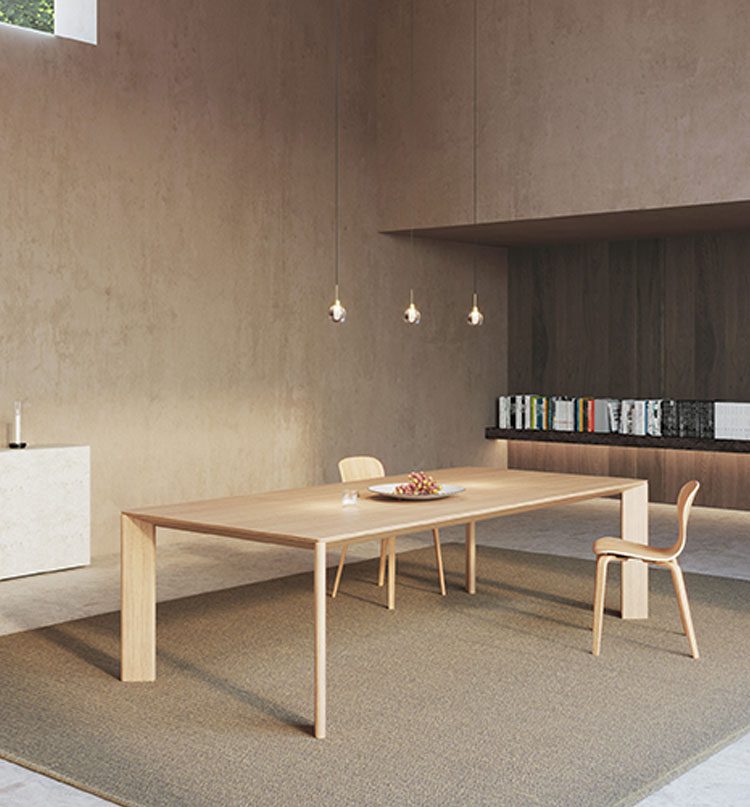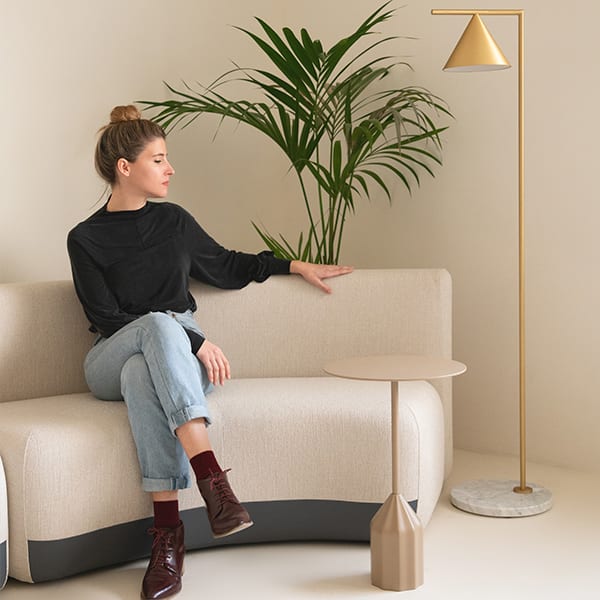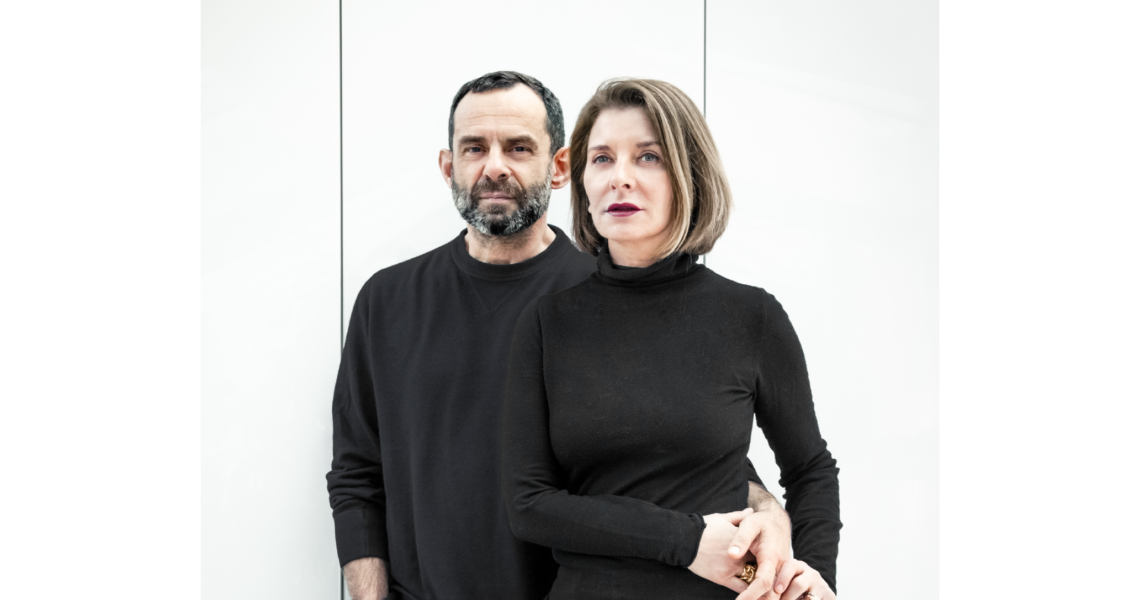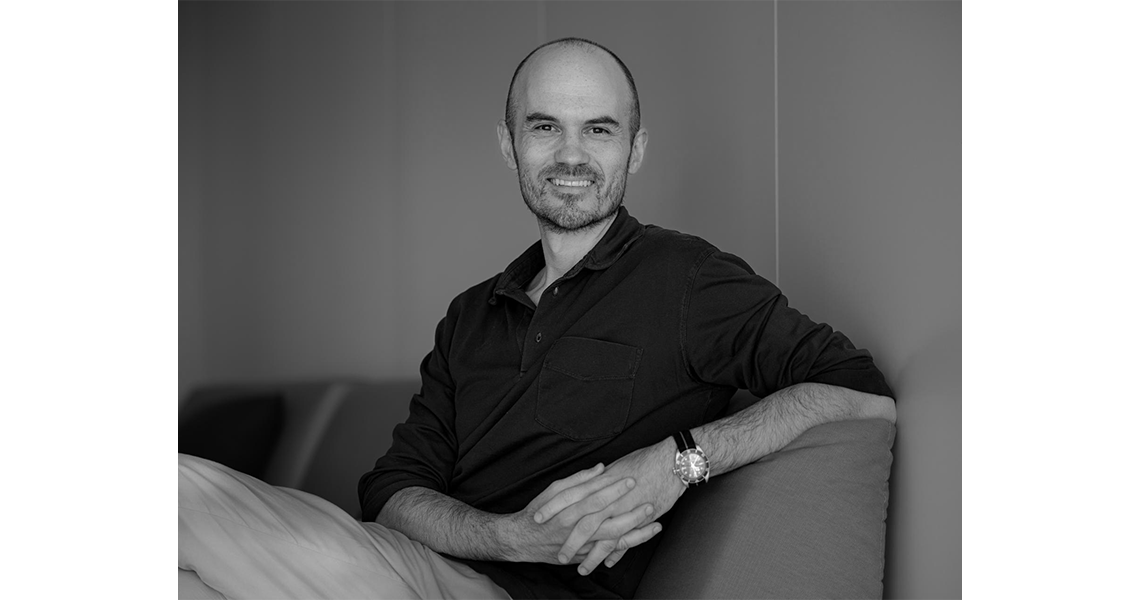Here at Viccarbe we love to support and give visibility to projects that move us, that spread optimism and reflect our Designed in the Sun essence. In doing so, this week we want to share with you our talk with the Spanish Inma Femenía for Viccarbe Talks, our section of interviews curated from the Mediterranean, made for the entire world.
Inma Femenía is a young artist from Valencia, which manifests in her work, with a deep sensibility, how our way of perceiving the world is conditioned by the growing digital culture. Her trajectory stands out by an intense experimentation of the effects that light has on the different materials that live in our environment.
Today we speak with Inma about light and the connection between art and technology which is materialized in her exhibitions.
· · ·
Who is Inma Femenía?
I am a person who tries to be deeply honest in her work, with many concerns and curiositites that I have been able to materialize into the artistic field, specially into the visual area. My work conforms my personality and I truly believe it defines me.
When did art begin to shape your life?
The eternal question is whether the artist is made or born. I think everyone has their own vision and sensibility, which gets developed differently, and I found out this part of me was naturally growing. Maybe the starting point was when I began to study arts, you can have your own concerns previously, but it is when you start learning when you dig deeper.
How was the idea behind your latest exhibition Infrathin developed?
Everything raised naturally by the hand of the curators Nuria Enguita and Julia Castelló. We saw it clearly from the very beginning. Infrathin has been a much bigger exhibition than any of my previous ones, not only due to the space it was held in but because the amount of work I had to showcase, accumulated from the last 10 years. I started off from the essential to reach the most particular details and, when I stepped for the first time into the space y envisioned two sceneries. On one hand, a hall lit with its own light, as it was already installed, and on the other, a hall that was completely dark as I wanted that the only light source came from a led screen.
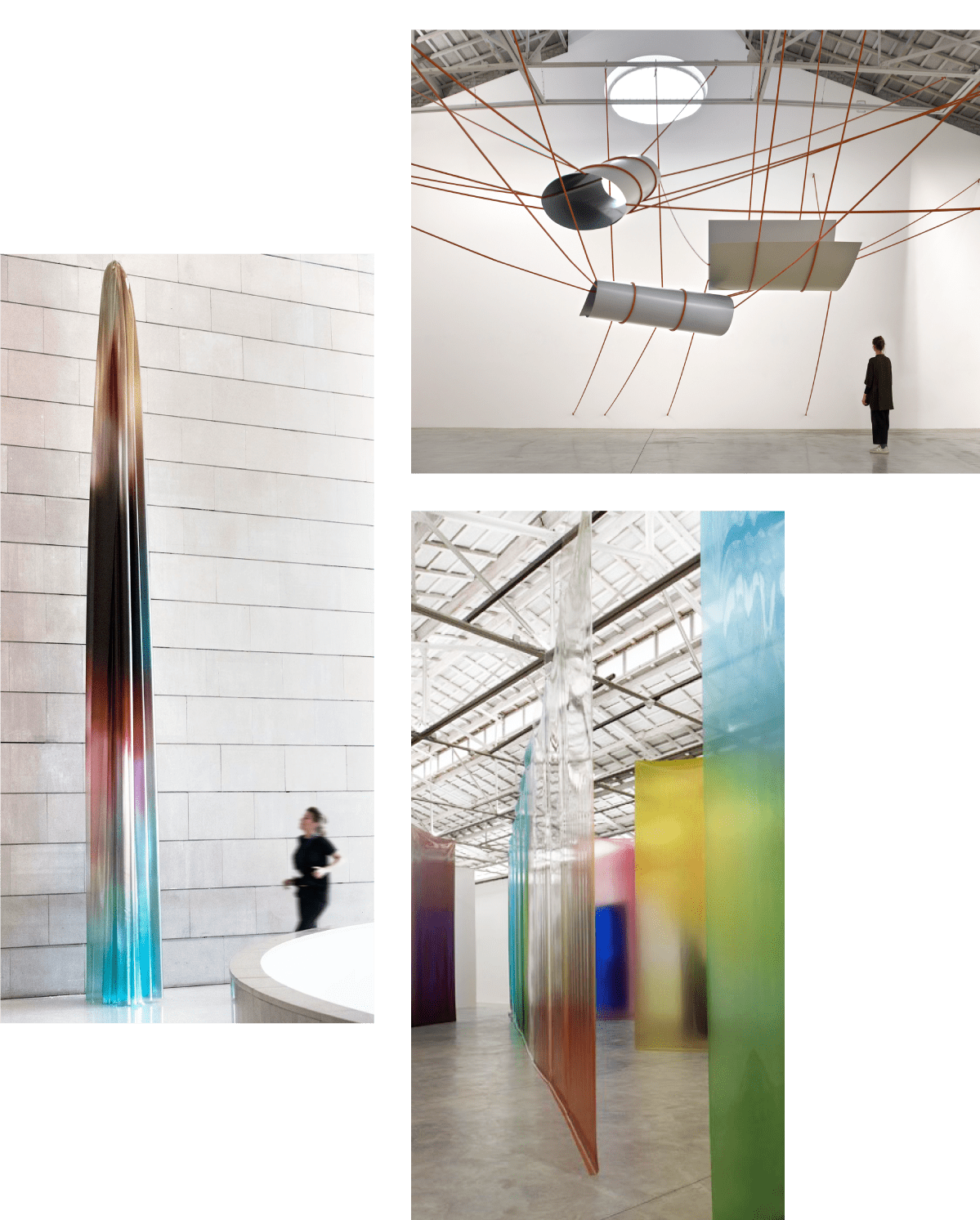
Therefore, light is very important in your work.
It is everything, the seed that sets the work. My exhibitions, my way of observing and seeing things emanate from it. Then, at my study I carry on with the rest of the concepts. Throughout my career I conducted pauses with diverse concerns, with things that appear or with the way we communicate and act through the light arising from the pixels of the led screens.
Does technology connect or separate?
I do not consider myself a pessimist when referring to technology, I believe it is a bit of both. Technology brings us together. Now with the pandemic we have proven the world has globalized and we have verified that we can keep connected thanks to the technology, even though our nature is more to feel in person. Even if we are making a good use of it to staying connected, we must not forget the side B, as it is possible that this same technology is pushing us into one unique conduct, and perhaps this is dehumanizing us.
How does digital culture condition us in the way to perceive our surroundings?
We are conditioned in a totally lineal and transversal way but at the same time it is still quite unconscious. This is something I have been developing over the years in my previous works such as Mehr Licht!, a led screen faced backwards to the audience. This represents how the advertising used in the big cities attracts our attention and provoke us to take determined actions.

Does design interfere in the way we comprehend spaces?
Totally. As creatives we carefully plan every step of the design, so each space looks and feels kind and aesthetically pleasant. Although some people might not appreciate this, everything is planned in advance. Design can contribute to make you have a better day and can even make a city feel welcoming and charming.
In your opinion, what does art and design have in common?
There is a fine line, increasingly blurred, that separates them. Design always responds to the client but in art, the client comes later. But I insist that this minor difference is vague as now both art and design have the power to change opinions and behaviors. Each day we rely less in politics for change, but we do have confidence in creators and how they can make us recognize and understand certain conducts through their creations.
You often use aluminum or PVC in your work. What drives you into this material?
I think I choose these to other materials as I have constantly stepped into them in my daily life. I have always selected materials that interact with light, for example transparent plastics or metals that reflect or absorb it. My election arises from the intrinsic virtues of these materials.

How important is the spectator in your work?
Lately, the viewer plays a key role in my exhibitions and this has made more sense after Infrathin, as I have been able to see how people react and interact with what I have created. The spectator is the only one who can turn the creation into his own and this is the main purpose. My pretension is achieving that once my exhibition is installed, it is the viewer who lives it, sees it, and experience it. Experimenting is a fundamental matter for me.
Are there any influences in your creations?
Yes. Many artists, architects, designers…everything that surrounds us conditions us. I receive influences from the very moment I pick up my phone and check Instagram for example. We are all shaping something together and elaborating a contemporary language, and we are also performing little influences individually.
With whom would you like to have a conversation on one of our chairs?
With Jaime Hayón, as he is based in Valencia and I have not had a chance to meet him yet. I like his beautiful designs, they transmit calmness to me. Perhaps this is due to their organic and smooth outlines.

What projects are you currently working on?
I am working in long-term projects; some are even still pending. Many interesting things are arising hand in hand with galleries, institutions, and trusts, that will enable my work to continue growing.
· · ·
Pictures by Mariela Apollonio, Jabali Studio, and Daniel del Monte
www.inmafemenia.com

